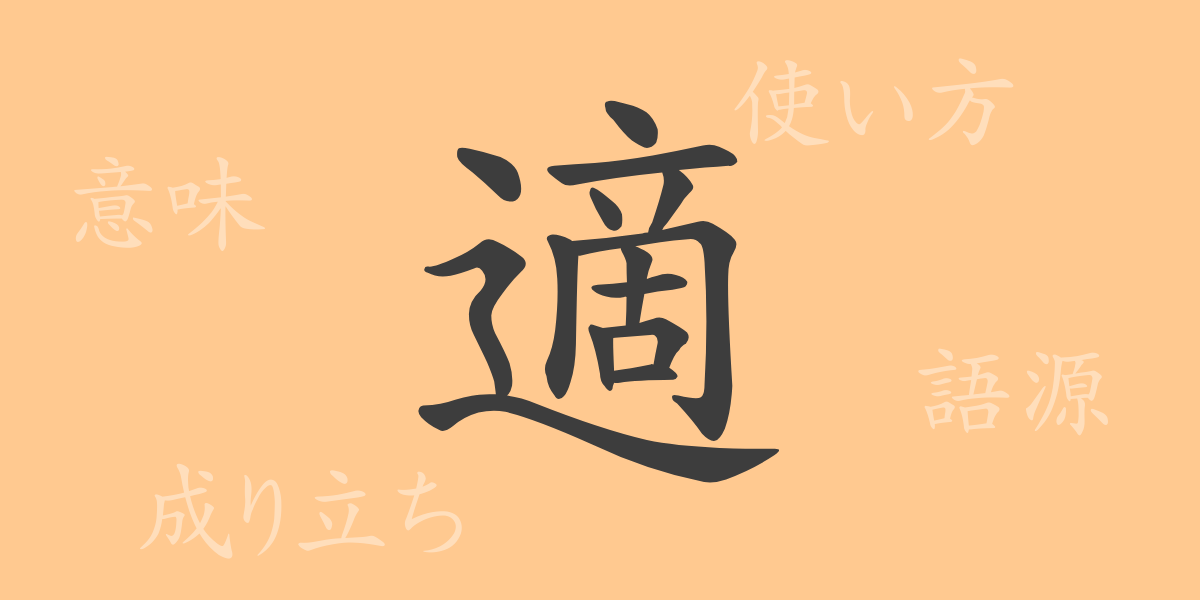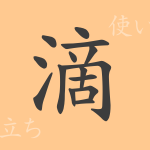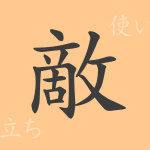Kanji, a vital component of Japanese culture and language, enriches communication and expression. Among these, ‘適(テキ)’ is frequently used across various daily scenarios, offering diverse meanings and applications. This article delves into the etymology, significance, and usage of ‘適’, exploring its nuances through related phrases and proverbs.
Origins of ‘適(テキ)’
The Kanji ‘適’ originated from ancient China, initially representing the concept of a foot moving towards a destination. Its form combines elements representing a foot on a path and a guiding hand. Over time, ‘適’ evolved to mean ‘suitable’ or ‘just right,’ and it is broadly used in modern Japanese with these connotations.
Meaning and Usage of ‘適(テキ)’
The primary meanings of ‘適’ are ‘suitable’ and ‘just right.’ It is also used in verbs like ‘適する’ (to suit) and ‘適応する’ (to adapt), conveying the nuance of effectively responding to situations. ‘適’ frequently appears in adjectival verbs and compound words, offering subtle distinctions in meaning depending on the context.
Readings, Stroke Count, and Radical of ‘適(テキ)’
Basic information about the Kanji ‘適’ includes:
- Readings: On’yomi ‘テキ’, no specific Kun’yomi.
- Stroke Count: 14 strokes.
- Radical: 道 (しんにょう).
Phrases, Idioms, and Proverbs Using ‘適(テキ)’
Many idioms and proverbs incorporate ‘適’, each reflecting deep insights. Examples include:
- 適職(てきしょく): The most suitable profession for oneself.
- 適応(てきおう): Adapting well to environments or situations.
- 適材適所(てきざいてきしょ): The right people or things in the most suitable places.
- 適切(てきせつ): Being perfectly suitable for the situation or conditions.
- 適宜(てきぎ): Suitably or appropriately, as the situation demands.
Conclusion on ‘適(テキ)’
The Kanji ‘適’ has been used historically and retains significant relevance in modern usage. Commonly seen in daily life, it denotes the appropriate response or the correct placement of people and items. The character ‘適’ embodies wisdom essential for facilitating smooth societal and personal functioning.

























